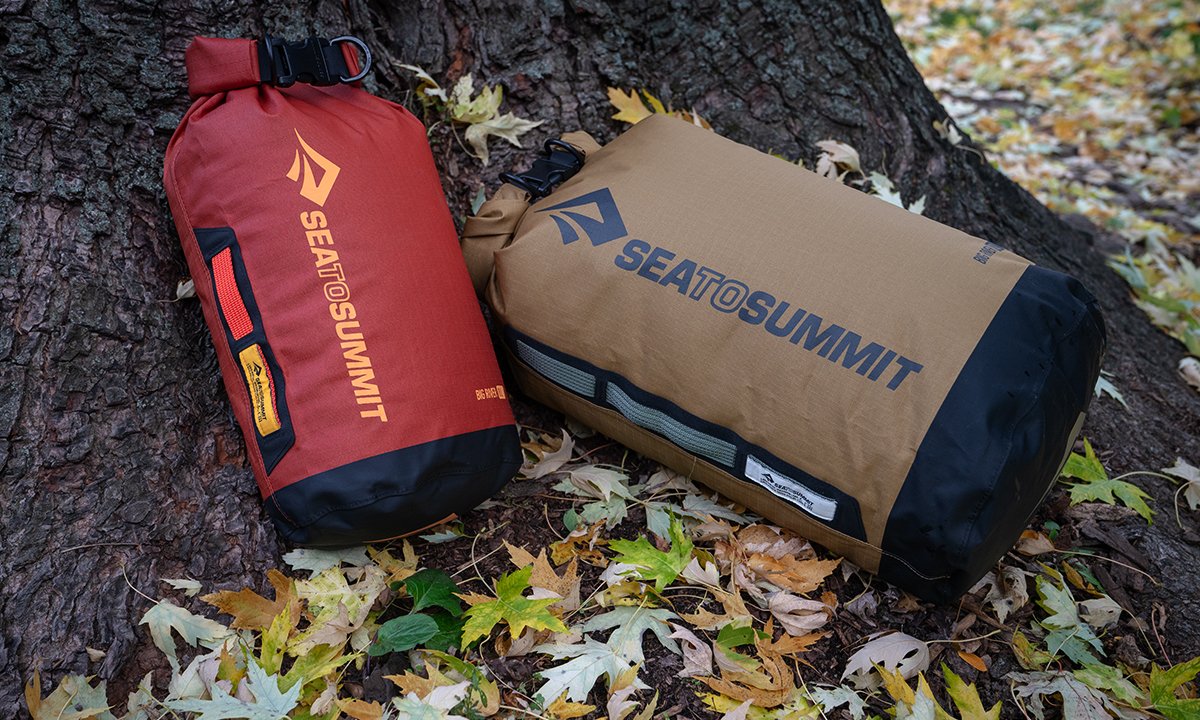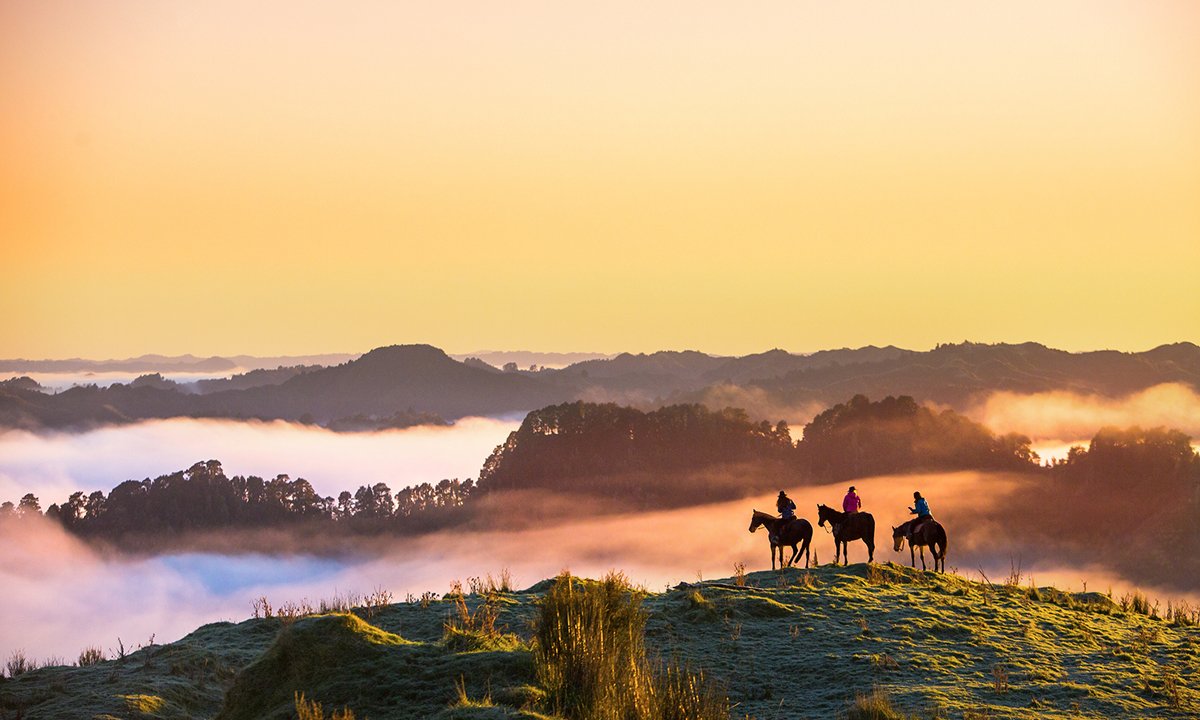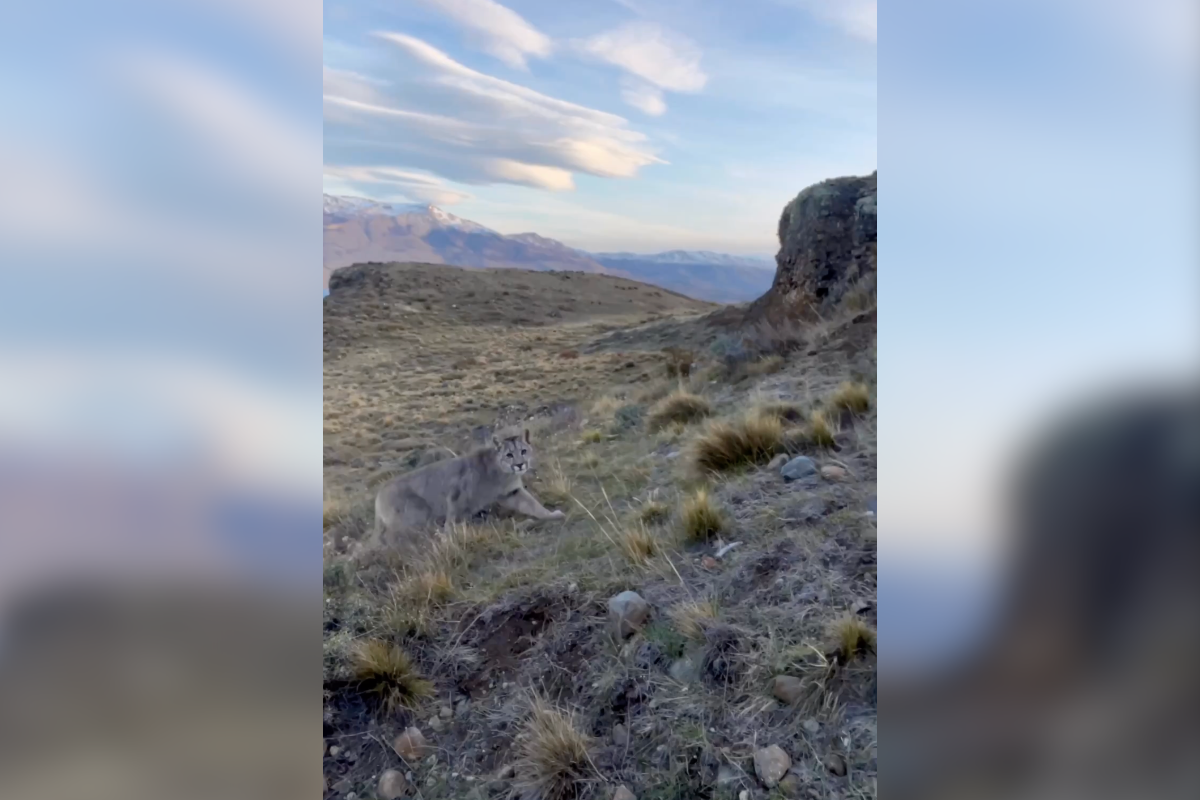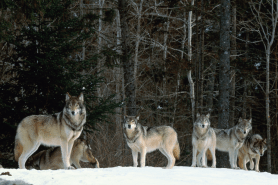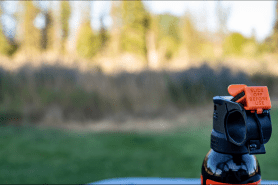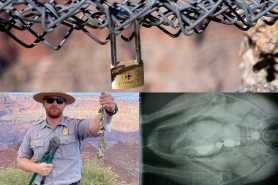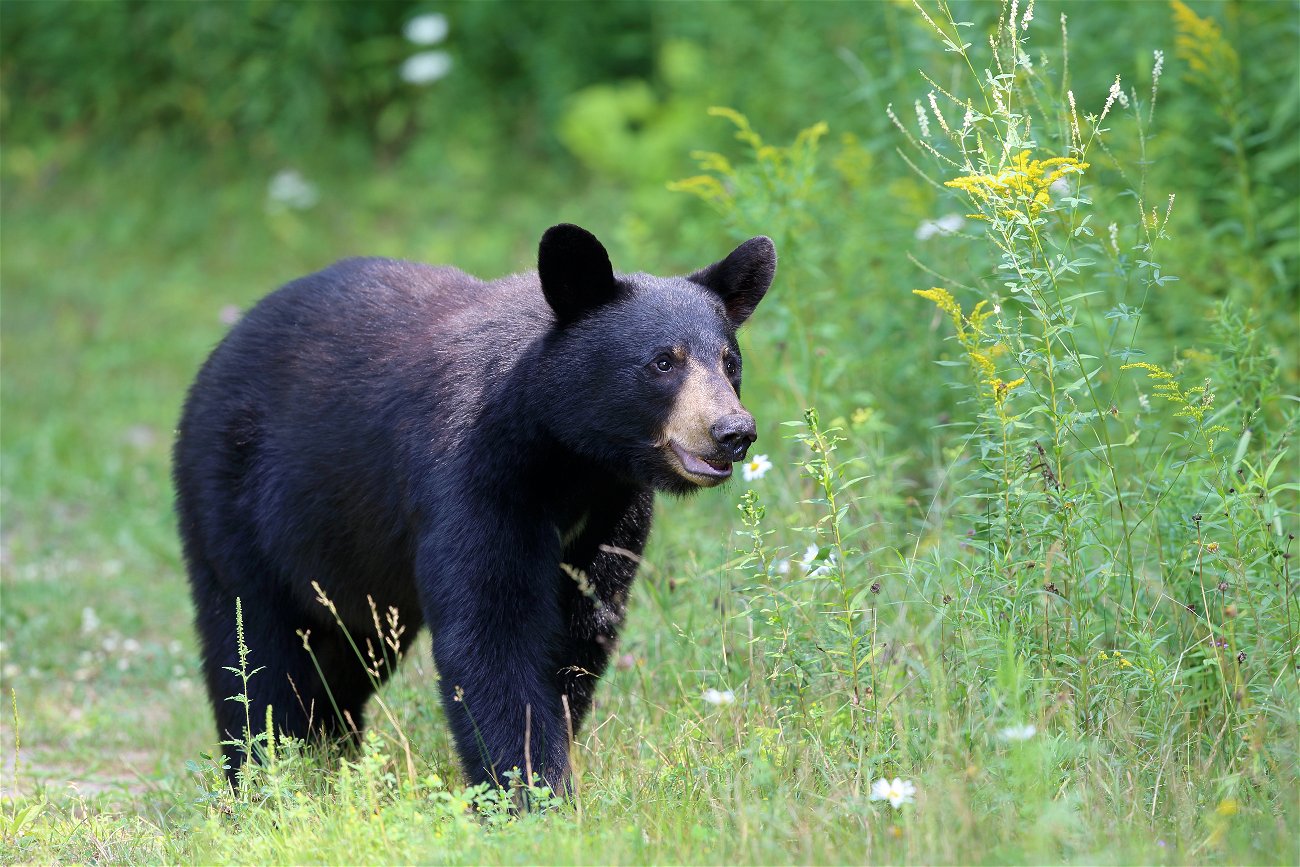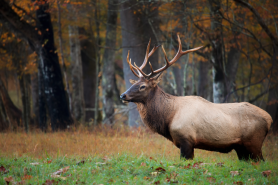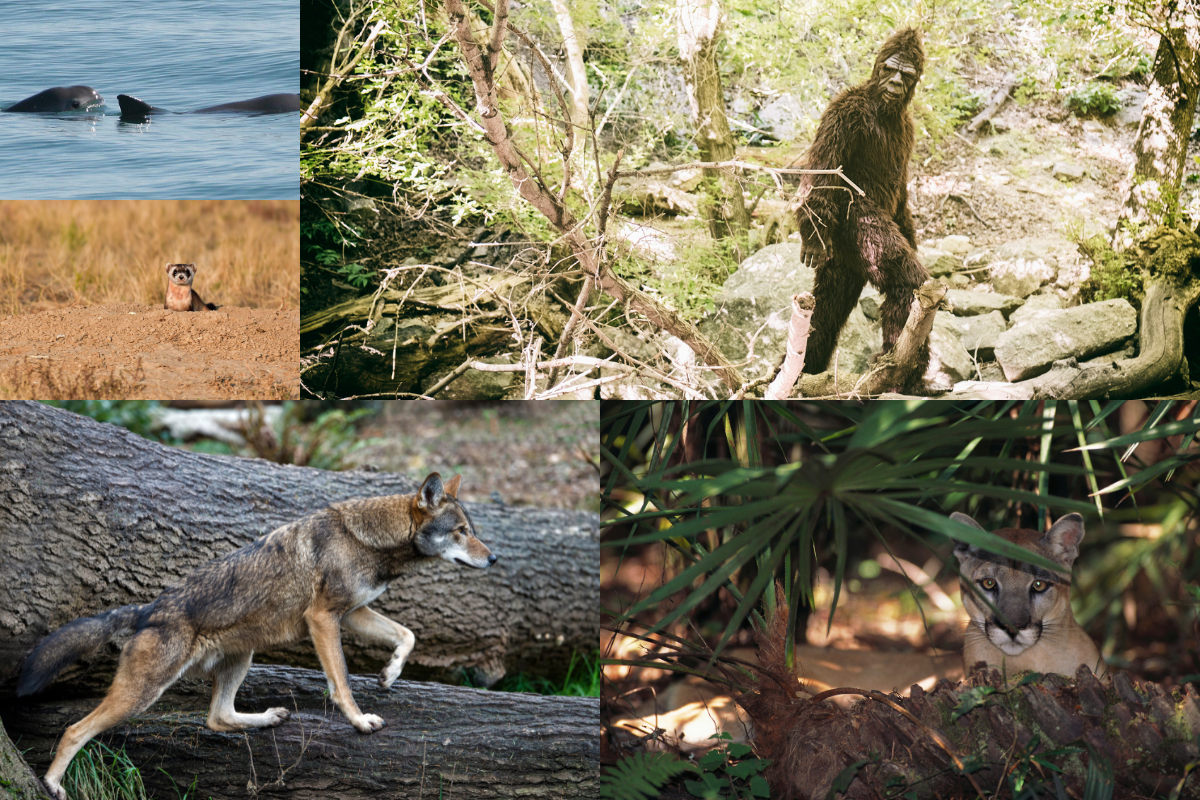Seeing wildlife during an outdoor adventure can be an exhilarating experience, but there are some important considerations when photographing or filming animals to ensure both their safety and yours. Next time you’re out hiking, camping, or on safari, remember these wildlife-photography ethics as you try to get that perfect shot.
Videos by Outdoors
1. Safety is Always No. 1

Getting photographs of a black bear or a buffalo might make your day, but it’s not worth harming an animal or getting harmed by one. When you’re in the wild, be sure to keep a safe distance from wildlife, so you don’t cause the animals any stress. Pursuing animals could make them feel unsafe, and this could lead to an attack.
If you’re determined to get that jaw-dropping, up-close shot of your favorite creature in the wild, invest in a lens with a higher zoom rate. At the end of the day, it is a significantly safer option than getting too close to a wild animal, and if you’re just getting into photography, there are even attachable lenses for your smartphone.
2. Research Ahead of Time

If you’re planning to photograph a sleuth of bears, you’re going to want to read up on bears’ behavior. If you’re taking a photography trip to indigenous land, there are some regulations that prevent photography in certain areas. To ensure that you can photograph in the areas you want, research online beforehand.
3. Leave No Trace

Follow the “leave-no-trace” principles while taking photographs of wild animals and wild places. It is incredibly important to protect the environment that you’re working in to ensure that it can be enjoyed for generations to come. Don’t use food as a tactic to draw animals closer baiting animals is not safe, and letting animals eat human food can lead to disruptions in their regular diet.
As much as possible, when you’re taking photos, stay in the background and don’t disrupt of animals’ day-to-day routine. This is particularly imperative when it comes to photographing endangered species.
4. Respect Fellow Photographers
Along with respecting animals in the wild, make sure you respect the other photographers who are there with you as well. Keep your voice down, move slowly, wear camouflage or other clothing that will help you blend in, and remember that you are all visitors in the wildlife’s habitat.
5. Use Appropriate Gear

Wildlife photography requires a lot of gear, but not all gear is appropriate for all situations For instance, in a lot of situations when you’re out in the wild, you should leave the drones at home. Some gear you should consider bringing if you’re looking to go incognito include skins and protectors that will help you and your equipment blend seamlessly into the environment.
